Recombinant Human CCL15 protein(Gln22-Ile113), His-tagged
| Cat.No. : | CCL15-197H |
| Product Overview : | Recombinant Human CCL15 (Q16663-1) (Gln 22-Ile 113) was expressed in E. coli, with a polyhistide tag at the C-terminus. |
| Availability | December 15, 2025 |
| Unit | |
| Price | |
| Qty |
- Specification
- Gene Information
- Related Products
- Case Study
- Application
- Download
| Species : | Human |
| Source : | E.coli |
| Tag : | His |
| Protein Length : | Gln22-Ile113 |
| Form : | Lyophilized from sterile PBS, pH 7.4. Normally 5 % - 8 % trehalose, mannitol and 0.01% Tween80 are added as protectants before lyophilization. |
| Molecular Mass : | The recombinant human CCL15 consisting of 103 amino acids and has a calculated molecular mass of 11.7 kDa. It migrates as an approximately 13 kDa band in SDS-PAGE under reducing conditions. |
| Purity : | > 95 % as determined by SDS-PAGE |
| Storage : | Samples are stable for up to twelve months from date of receipt at -20°C to -80°C. Store it under sterile conditions at -20°C to -80°C. It is recommended that the protein be aliquoted for optimal storage. Avoid repeated freeze-thaw cycles. |
| Reconstitution : | It is recommended that sterile water be added to the vial to prepare a stock solution of 0.2 ug/ul. Centrifuge the vial at 4°C before opening to recover the entire contents. |
| Gene Name | CCL15 chemokine (C-C motif) ligand 15 [ Homo sapiens ] |
| Official Symbol | CCL15 |
| Synonyms | CCL15; chemokine (C-C motif) ligand 15; SCYA15, small inducible cytokine subfamily A (Cys Cys), member 15; C-C motif chemokine 15; CC chemokine 3; chemokine CC 2; HCC 2; HMRP 2B; leukotactin 1; Lkn 1; macrophage inflammatory protein 5; MIP 1 delta; MIP 1d; MIP 5; NCC 3; SCYL3; MIP-1 delta; chemokine CC-2; new CC chemokine 3; small-inducible cytokine A15; small inducible cytokine subfamily A (Cys-Cys), member 15; LKN1; NCC3; SY15; HCC-2; LKN-1; MIP-5; NCC-3; MIP-1D; MRP-2B; SCYA15; HMRP-2B; |
| Gene ID | 6359 |
| mRNA Refseq | NM_032965 |
| Protein Refseq | NP_116741 |
| MIM | 601393 |
| UniProt ID | Q16663 |
| ◆ Recombinant Proteins | ||
| CCL15-198H | Recombinant Human CCL15 protein, His-tagged | +Inquiry |
| CCL15-75H | Recombinant Human CCL15 Protein | +Inquiry |
| CCL15-422H | Recombinant Human CCL15 protein | +Inquiry |
| CCL15-1174H | Recombinant Human CCL15 Protein (Ser46-Ile113), N-GST tagged | +Inquiry |
| CCL15-82H | Recombinant Human CCL15 Protein, Biotin-tagged | +Inquiry |
| ◆ Cell & Tissue Lysates | ||
| CCL15-7731HCL | Recombinant Human CCL15 293 Cell Lysate | +Inquiry |
Case 1: Pang N, et al. Mol Med Rep. 2020
Scientists have realized that fibrocytes are important for healing wounds, but the way they reach the wound isn't entirely clear. They've identified that endothelial cells might be involved in pulling these fibrocytes in. Using a co-culture system, they identified that CCL15 produced by endothelial cells plays a key role. When CCL15 or its receptor CCR1 is enhanced, fibrocyte movement increases, while reducing them hinders this migration. This suggests the CCL15-CCR1 link is important in getting fibrocytes to wounds.
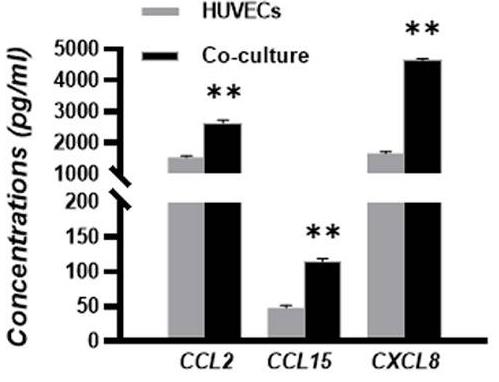
Fig1. Concentrations of CCL2, CCL15 and CXCL8 in the medium of mono-cultured HUVECs and co-cultured HUVECs were measured by ELISA.
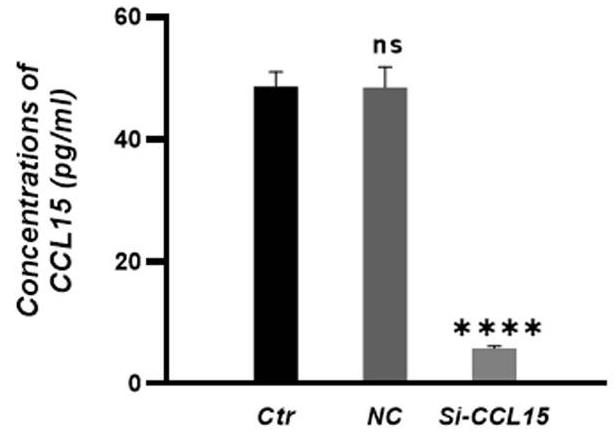
Fig2. Concentrations of CCL15 HUVEC culture supernatant in each group were measured by ELISA.
Case 2: Liu Y, et al. J Mol Med (Berl). 2024
Researchers found that tumor-associated macrophages (TAMs) are crucial in how tumors grow and resist treatment. They also discovered that CTHRC1, a protein linked to tissue repair and expressed in cancers like colorectal cancer, influences TAMs and tumor behavior. High levels of CTHRC1 are found in all stages of colorectal cancer and correlate with poor outcomes. It encourages M2 macrophage activity and increases CCL15 through the TGFβ/Smad pathway, helping tumors progress. The study suggests that CTHRC1 could be a target for immune therapies since it plays a role in tumor immune tolerance and resistance.
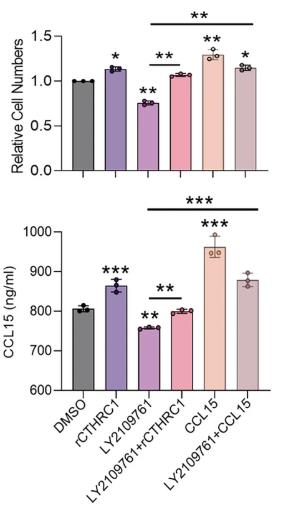
Fig1. The secretion level of CCL15 under the treatment of rCTHRC1.
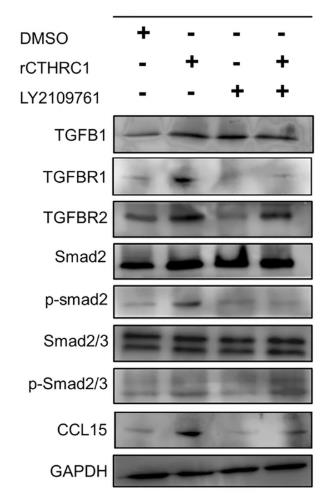
Fig2. TGF-β/Smad signaling and CCL15 expression levels in HT-29 cells.
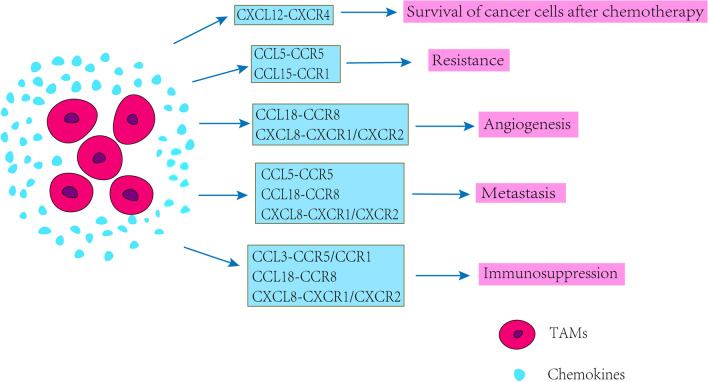
Fig1. Effects of chemokines produced by TAMs on tumors. (Rui Qin, 2023)
Not For Human Consumption!
Inquiry
- Reviews (0)
- Q&As (0)
Ask a Question for All CCL15 Products
Required fields are marked with *
My Review for All CCL15 Products
Required fields are marked with *



